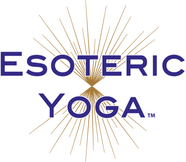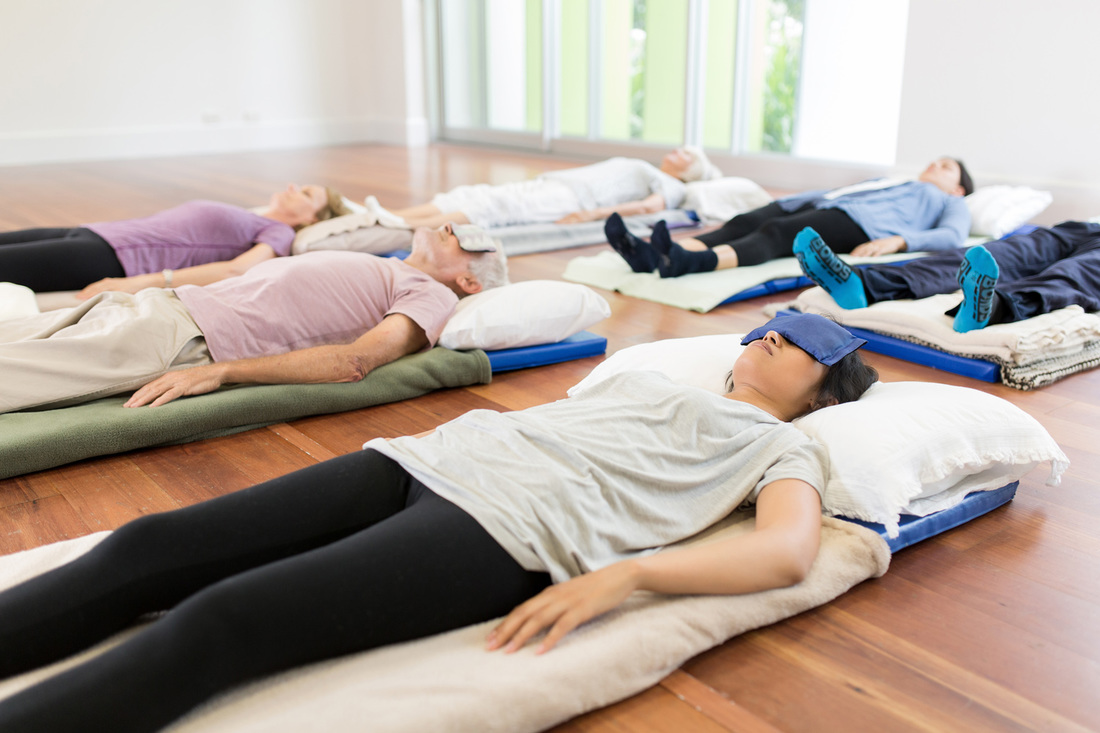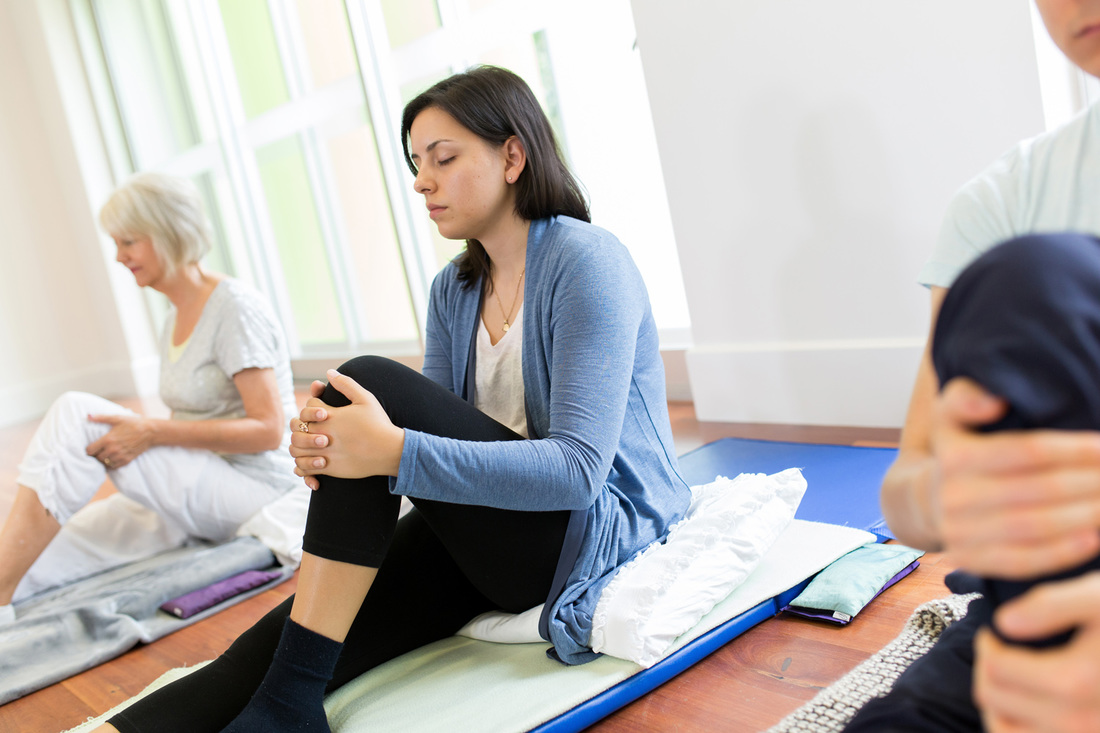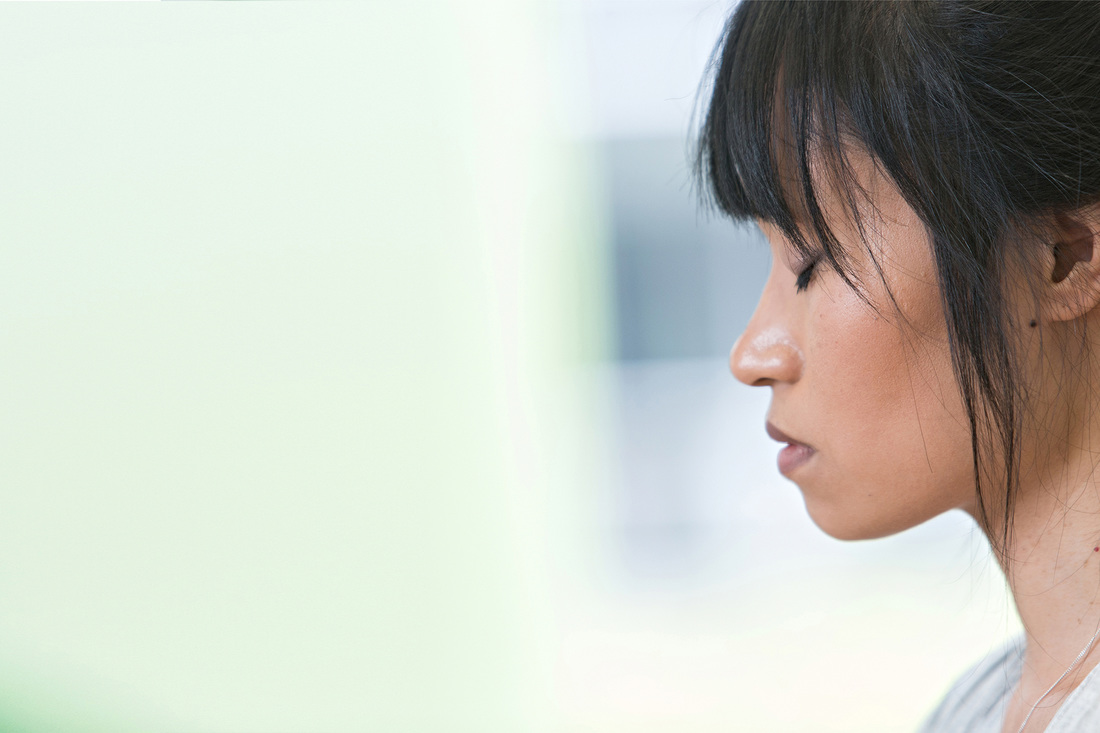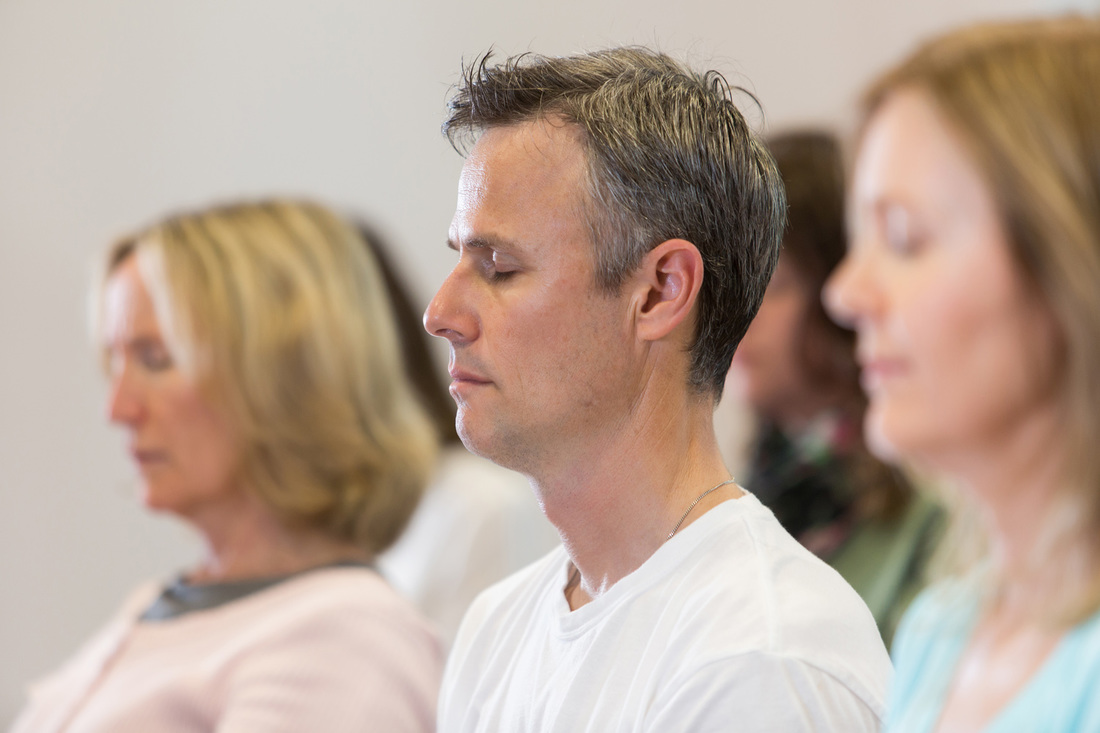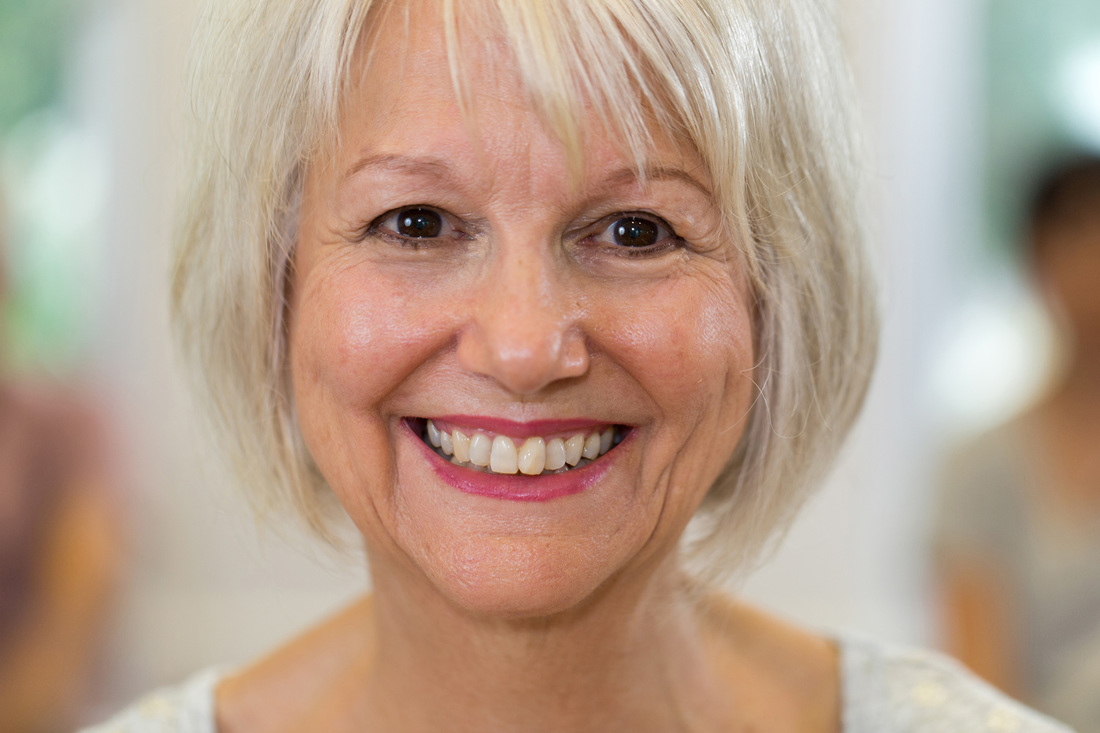One of the great joys of Esoteric Yoga is that it is such a wonderful support for developing an honest relationship with the body that then supports one to have a more honest relationship with everyday life.
The various themes that are available to be explored in an Esoteric Yoga class are endless and equally there to be explored in life’s everyday activities. Developing an acceptance in life is one such theme that supports the body to surrender more as opposed to pushing through life carrying tension, burdens, exhaustion or pain in general. It may at first seem that acceptance of ourselves and how things are in life would be simple, however given the opportunity to look deeper, one can find that there is much to uncover and feel.
The various themes that are available to be explored in an Esoteric Yoga class are endless and equally there to be explored in life’s everyday activities. Developing an acceptance in life is one such theme that supports the body to surrender more as opposed to pushing through life carrying tension, burdens, exhaustion or pain in general. It may at first seem that acceptance of ourselves and how things are in life would be simple, however given the opportunity to look deeper, one can find that there is much to uncover and feel.
A poignant question to ask is ‘Do we have investments or pictures in life to be a certain way – or do we accept life as it is?’ And if we translate this to our yoga practice, ‘do we have an expectation of how we want to feel in our yoga class?’
When we have expectations in an Esoteric Yoga class, or in life, we limit our awareness, because we are so fixed on a picture of how it should look or an outcome. And when those expectations are not met there is a disappointment - a tension that can be felt as an unsettlement in the body. Thoughts of ‘not being enough’ or ‘achieving enough’ are great examples of how we don’t accept life, which results in a tension and a mistrust that we carry in our body. Not to mention the fact that we miss out on appreciating the amazingness of what already is.
Letting go of expectations supports the body to surrender. Letting go of stories of ‘what may happen’ or ‘what may not happen’ is very liberating as it allows the body to be open to whatever will unfold before us and allows us to see life with a wider lens. Accepting and surrendering is a far more enriching way to be and live that paves the way for appreciation, rather than chasing the pictures and fantasies of what we think and want life to be that keeps our body in a state of tension!
Within our body is an honesty that communicates much wisdom and is a great gauge of our level of surrender or our level of stress. When practicing Esoteric Yoga there is an opportunity to feel this quality in the body – which is a direct result of lifestyle choices to that point. We may like what we feel or we may not – in other words we may accept what we feel or we may not. For example, we may feel joy-full and open or we may feel pain and an uncomfortable momentum. These momentums are a series of choices that become the uncomfortable tensions and tightness in our body. The point being, how we feel and our level of surrender is very much connected, and a result of the quality of movement and lifestyle choices we choose each and every day. As the founder of Esoteric Yoga, Serge Benhayon has stated, ‘the body is the marker of truth’ and something we actually cannot escape.
When we do not want to accept what is felt in the body, it is very common to choose to numb and distract ourselves from feeling our discomforts and momentums, something we are actually very practiced at. However in an Esoteric Yoga class when we stop to re-connect to the body by simply choosing to align the mind with whatever the body is doing, any momentums that may be there can be seen more easily, and it is here that we have an opportunity to start to let them go.
Allowing ourselves to be with whatever is there to be felt in the body and bringing an acceptance to this, allows an openness and thus more space for surrender. In contrast to this, when we choose to react to what we can feel (the momentums), the body stays hard and we delay the opportunity to become aware of the choices and patterns of behaviour that are causing the tension.
We can choose the path of ease by accepting what is there to be felt and allowing the body to surrender OR, we can fight ourselves by diverting our energy to continuing to avoid and distract ourselves from our awareness, and thus continuing with our patterns and ways of living that keep the momentums and tension held in the body.
The more we allow acceptance and surrender, the more we allow the body to do what it knows best – and that is to return to its natural rhythm of harmony and wholeness. When we allow this it brings a halt to everything that does not belong to our natural rhythm of stillness. The sense of ease that can be experienced in a class has the potential to become a healing rhythm that we can take into our day, as the body is no longer fighting itself by staying in tension and anxiety. In essence we have an opportunity to allow the deeper quality of surrender that we have embodied to be with us and inform the quality of our movements. From here our patterns and unsupportive ways of living naturally start to drop away. This is why many who experience Esoteric Yoga find it very supportive and deeply restful.
There is quite a difference to how the body can feel at the end of a day should one choose to move in a quality of ease and surrender as opposed to a tension and anxiety that depletes the body. If we are moving the body in a quality that honours our innate rhythm of stillness, then we open the door to feel the joy and vitality of this. The body’s wisdom knows how to bring itself back to harmony and true connection.
The more we accept life and what we feel,
the more we are able to surrender the body to its natural settlement,
so that we may enjoy our natural flow.
the more we are able to surrender the body to its natural settlement,
so that we may enjoy our natural flow.
Author: Marika Cominos
Photographer: Cameron Martin
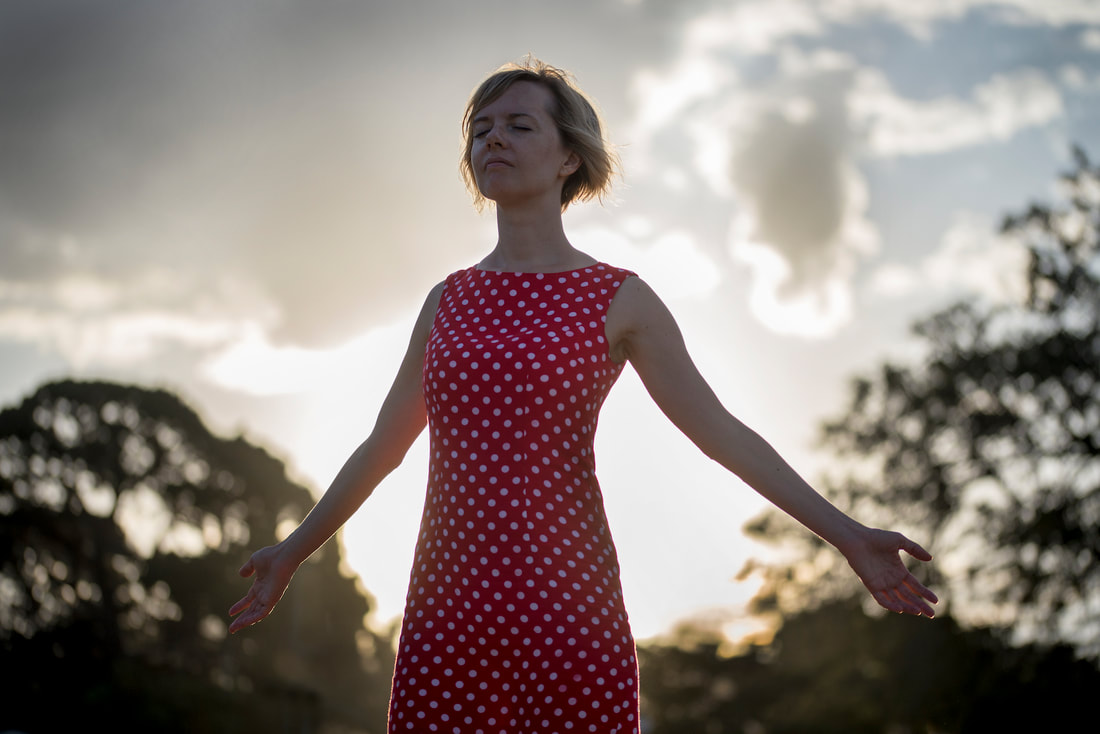
 RSS Feed
RSS Feed
